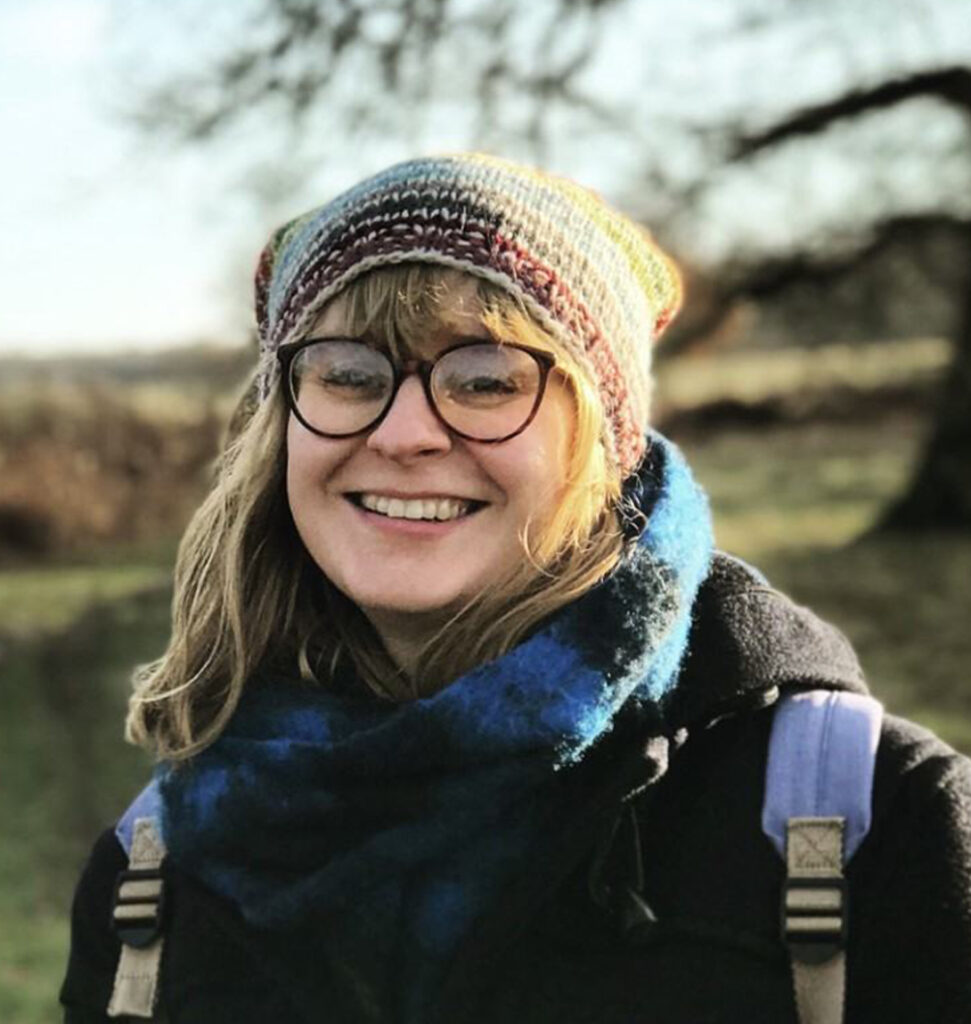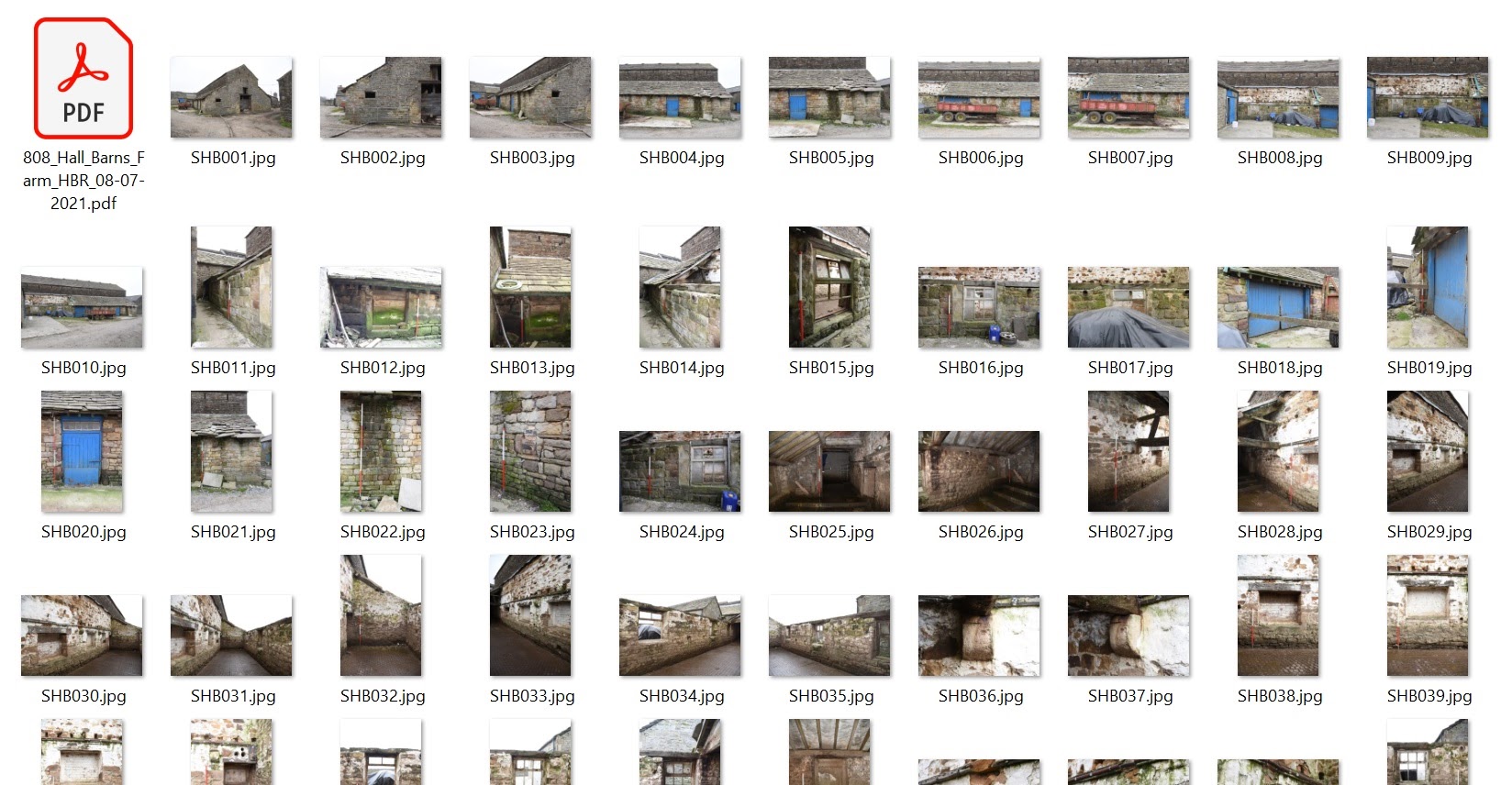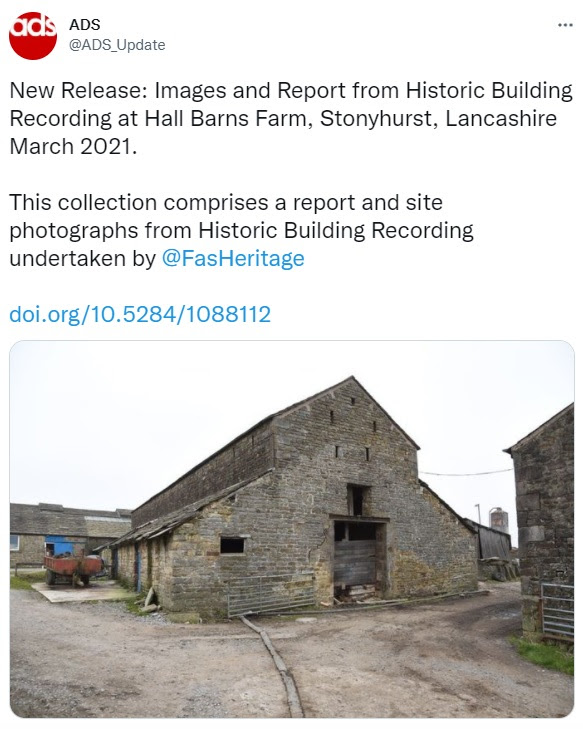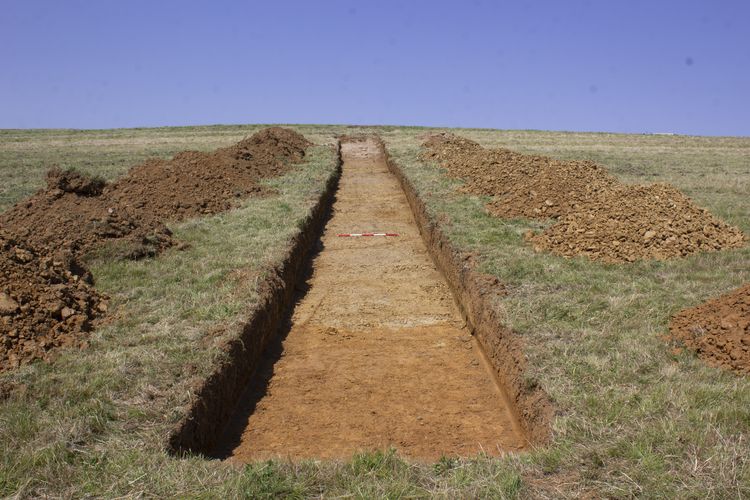 I’m Becky Hirst and I started working as a Digital Archives Assistant with the Archaeology Data Service in August 2021. Since completing Undergraduate and Postgraduate studies in 2016, I’ve been working in the heritage sector within different collections management, conservation, education and visitor experience roles. I was keen to find a new position where I could continue working with heritage resources whilst building brand new skills and the Digital Archives Assistant role has definitely allowed me to do this.
I’m Becky Hirst and I started working as a Digital Archives Assistant with the Archaeology Data Service in August 2021. Since completing Undergraduate and Postgraduate studies in 2016, I’ve been working in the heritage sector within different collections management, conservation, education and visitor experience roles. I was keen to find a new position where I could continue working with heritage resources whilst building brand new skills and the Digital Archives Assistant role has definitely allowed me to do this.
A big part of my work with ADS involves accessioning, processing and disseminating digital archive collections so that they can be publically accessible on our website. In my first month I’ve received training sessions from colleagues in the team on how to undertake each step in this process. I also completed an online course with the Digital Preservation Coalition to strengthen my understanding of digital preservation and access. Whilst I’ve worked with archives and collections management before in previous roles using internal systems and databases, much of the digital archives process we use of ADS was completely new to me when I started. It was really useful to gain a greater understanding from these training sessions before I started working on my first archive.
I was assigned a collection from Historic Building Recording undertaken on a Grade II Listed barn at Hall Barns Farm, Stonyhurst as my first ADS-easy archive. Photography of the interior and exterior of the building and an associated report were produced to fulfil a condition of Listed Building Consent for proposed repair work, and the archive was then deposited to ADS.

I began working on the Hall Barns Farm archive by importing the archive data that had been sent by the depositor, checking the file readability and metadata, and then storing copies of the data on our systems. I worked to convert files, generate metadata, match files, and establish relationships for the data. This was all really new work to me but luckily I had ADS colleagues to patiently support me through practicing the process!

After I had processed the data I started to create the interface that the public would be able to view on the ADS website. Preview and thumb versions of the images were created and an introductory image for the collection was chosen. I then began to fill out the information fields that were essential for describing the archive including introductory text, titles, captions, project dates, etc. I also added coordinates and location information and assigned relevant subject search terms. When I had finished this and the work I had done had been checked by colleagues, I began the release procedures. I minted a DOI for the archive, checked and updated the ADS collection history and archive pages, and added the data to deep storage. The completed Hall Barns Farm archive is now available here: doi.org/10.5284/1088112

The final part of the archiving process involved scheduling posts on the ADS Facebook and Twitter accounts using Hootsuite. After receiving training on how to do this, I set up and scheduled my first archive release posts for the Hall Barns Farm archive and these went out on 17th September.
I’ve now had the chance to work on some more archives and been able to practice this process and strengthen my understanding of data preservation and access. I’m slowly getting more familiar with these processes and I’m able to work a bit quicker through each of the steps. Gradually, I’ll be given different data types to work with so I can become confident in processing and disseminating more complex digital archives.
Working in a team that is part of the University of York has also given me the opportunity to undertake additional training to expand my skills. This has included training on creating Accessible Documents which I will be able to put to practice through updating some of the ADS policy documents soon. I’ll also be able to undertake HTML training to support role responsibilities around updating ADS web pages and I’m really looking forward to developing brand new skills in this and other areas in the future.






